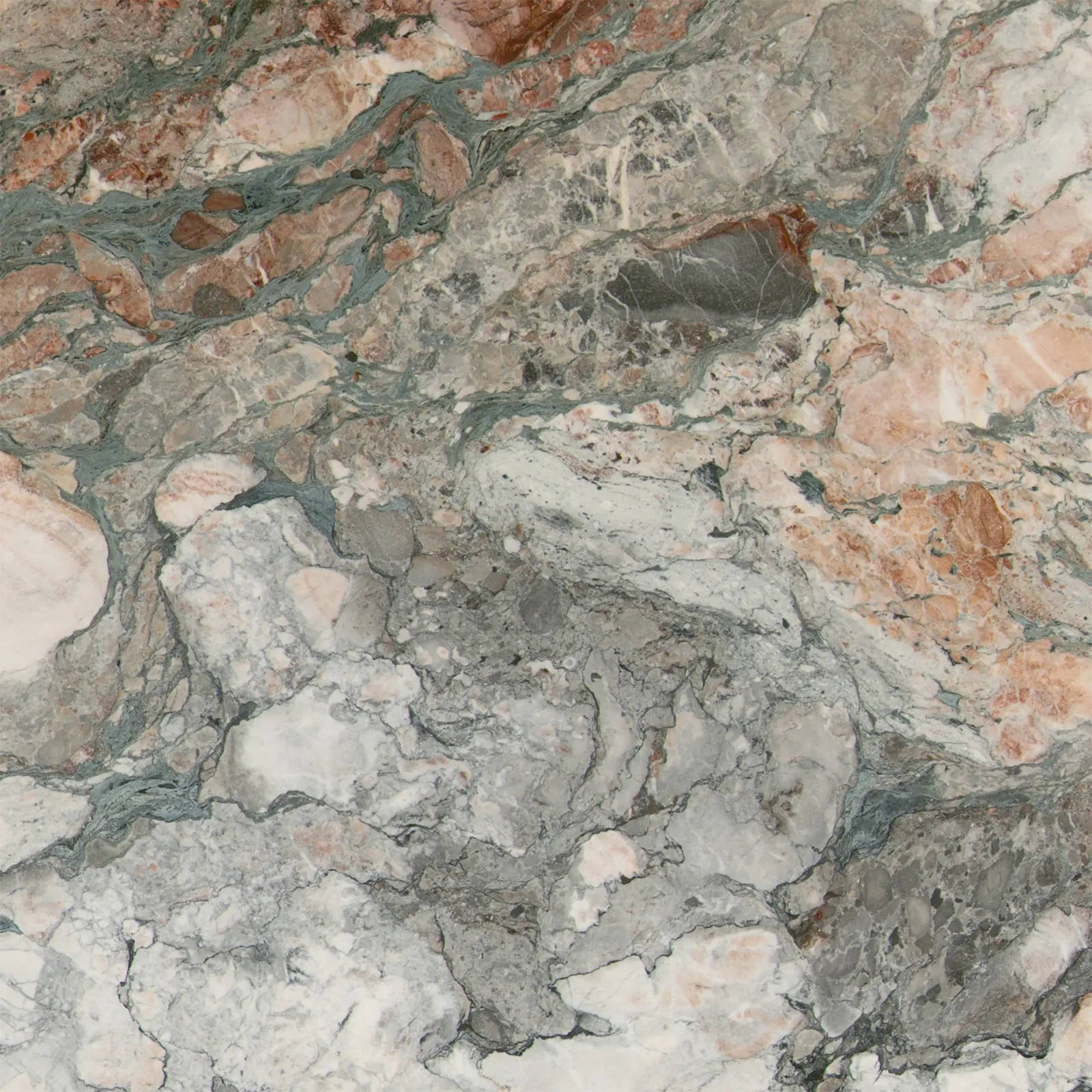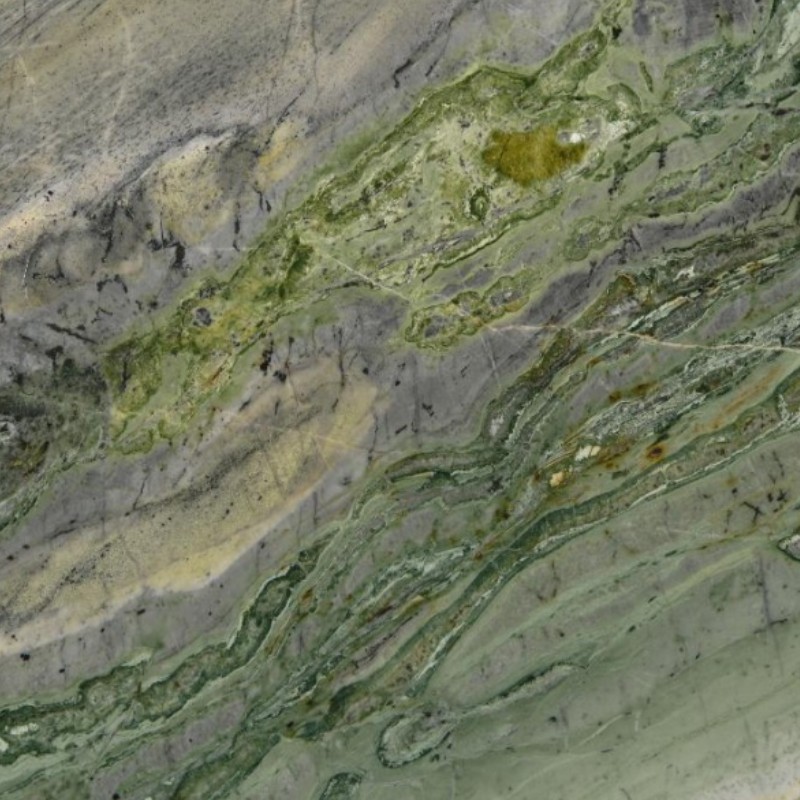Travertine is a type of sedimentary rock formed from mineral deposits, primarily calcium carbonate, that precipitate from hot springs or limestone caves. It is characterized by its unique textures and patterns, which can include holes and troughs caused by gas bubbles during its formation.
Travertine comes in various colors, ranging from beige and cream to brown and red, depending on the impurities present during its formation. It is widely used in construction and architecture, particularly for flooring, countertops, and wall cladding, due to its durability and aesthetic appeal. Additionally, its natural finish gives it a timeless quality, making it popular in both modern and traditional designs. Travertine is also valued for its ability to remain cool underfoot, making it suitable for outdoor spaces and warm climates.
Is it a kind of marble or a kind of limestone? The answer is a simple no. While travertine is often marketed alongside marble and limestone, it has a unique geological formation process that sets it apart.
Travertine forms through the deposition of calcium carbonate in mineral springs, creating its distinctive porous texture and banded appearance. This formation process differs significantly from that of limestone, which forms mainly from accumulated marine organisms, and marble, which is the result of the metamorphosis of limestone under heat and pressure.
Visually, travertine's pitted surface and color variations are quite different from the smooth, crystalline structure of marble and the more uniform texture of typical limestone. So, while travertine is chemically related to these stones, its origins and characteristics make it a distinct category in the stone family.
Based on the origin and the different colors available, it is possible to make a subdivision of different travertine colors, among the most present on the market. Let's take a look at some classic travertine.
1.Italian Ivory Travertine


Classic Roman travertine is arguably the most renowned type of travertine worldwide, prominently featured in many of the capital's most celebrated landmarks.
2.Italian Super White Travertine


3.Italian Roman Travertine


4.Turkish Roman Travertine


5. Italian Silver Travertine


6.Turkish Beige Travertine


7.Iranian Yellow Travertine


8.Iranian Wooden Travertine


9.Mexican Roman Travertine


10.Pakistan Grey Travertine


Travertine stone is a durable and versatile natural material, known for its resistance to external factors. This makes it suitable for both indoor and outdoor applications, including high-humidity areas like bathrooms and kitchens, as well as in demanding environments such as fireplaces and swimming pools. Travertine epitomizes timeless luxury, with its long history in architecture evoking a sense of elegance, warmth, and sophistication. Remarkably, its versatility allows for easy integration into various furniture styles and design concepts.




Feature Product
-
 Four Season Grey Natural Marble Slabs and Tiles
Four Season Grey Natural Marble Slabs and TilesThe Charm of Four Season Pink Good size for ...
-
 Panda Green White Luxurious Quartzite Stone
Panda Green White Luxurious Quartzite StoneArtistic Conception Like moonlight piercing ...
-
 Vivid Brilliant Natural Marble of Prague Green
Vivid Brilliant Natural Marble of Prague GreenHow to pack and load ? 1. Fumigated wooden b...





